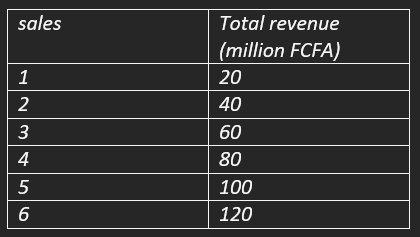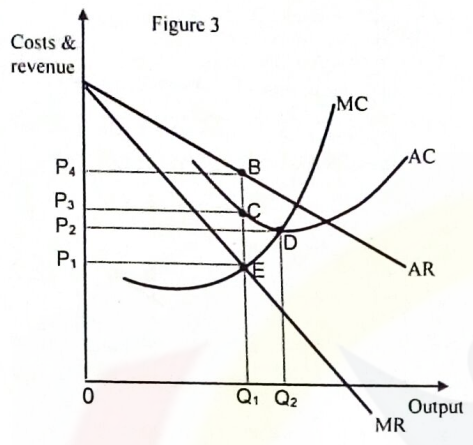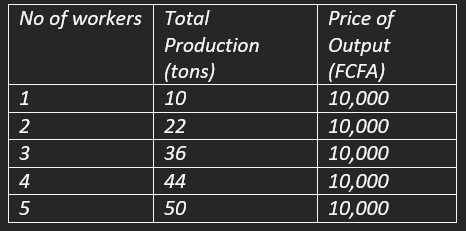A Level Economics Quiz 2017 Part 2
15 QuestionsQuiz Description
There are so many definitions that are used to describe economics. We can define it as the study of the nature and causes of nations’ wealth or simply as the study of wealth.
When preparing for an exam, students who just do a bit of reading will never be properly prepared. The most important aspect of revision is to make it active. Force yourself to keep thinking and understanding what you have been studying. Start off by knowing the questions and likely questions. In order to help you keep your mind active and thinking, we have prepared a quiz of 15 questions for you. These questions are to keep your mind thinking, as the questions are confusing and tricky most times. This exercise will help improve your reasoning ability.
Based on the 2017 CGCE session, each of these 15 questions has four possible answers, which among only one is correct. Take your time to understand what is asked of you in a question.
After this set of questions, you can then move on to the next set of questions.
Good luck!!!
This Question is based on the table, which shows the sale and total of a firm.
In which market is the firm operating?

A profit-maximizing firm has an output of 10 units per period. The total fixed costs are 1,000 FCFA and total variable costs are 2,000FCFA. What is the minimum price per unit it should accept in the short run?
This question is based on figure 3, showing the cost and revenue position of a firm
The total cost of the firm at the equilibrium output is

This question 21 is based on the table, which shows price and output as workers are recruits by a firm
If the firm employs 5 workers, then the equilibrium wage would be

The relationship between the prices of securities and the market rate of interest is
suppose the nominal GDP of Cameroon increase from 6, 000 billion FCFA in 1995 to 6.250 billion FCFA in 1966. If the base year was 1995 and the GDP deflator for 1996 was 125, what was the real GDP in 1996
Question is based on the
national income data below (figures are in million FCFA)
GNP at market price 2,000
Net property income from abroad -20
Indirect taxes 80
Subsidies 20
Depreciation 800
The value of national income is
The formula;
consumption +investment – important + Government spending + Exports,
represents
The paradox of thrift is based on the fact that, the more people save, the more
A closed economy has an MPC of 0.8. the equilibrium level of national income is 4,000 million FCFA and the full employment income is 5,000 million FCFA. Assuming private investment is unaffected, how much must government final expenditure be to increase for full employment to be attained


